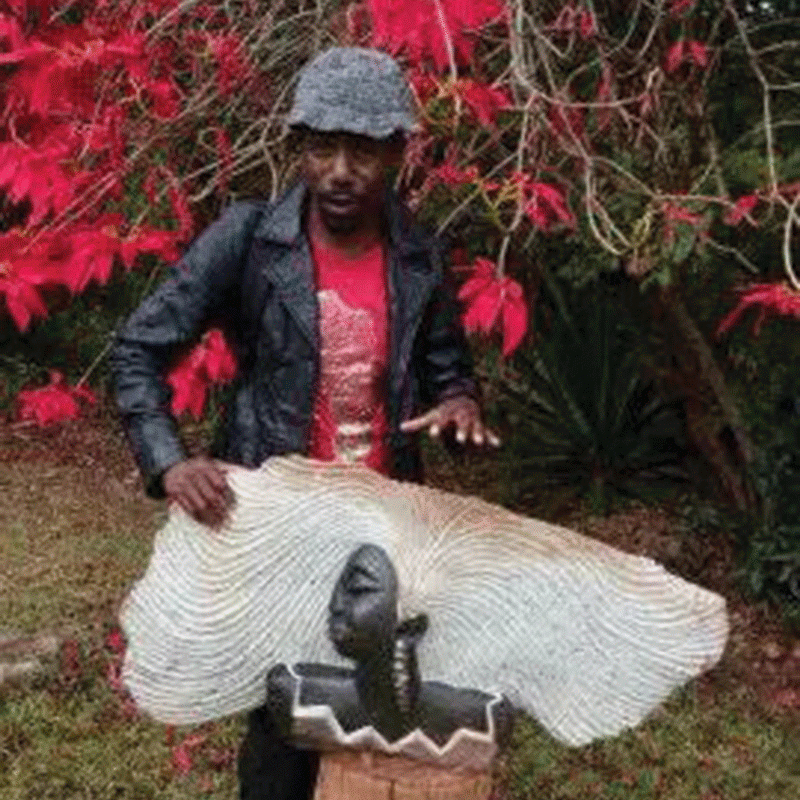
Few elections in Zimbabwe and Africa pass without charges of vote rigging and manipulation.
This article advances the argument that embracing new, simple and cost-effective technology can provide a solution to some of the problems afflicting the electoral process.
Concerns have been raised in past elections about “zombie” (deceased voters apparently “voting” from the grave), individuals engaging in double or multiple voting and inflated voting figures. It is important that allegations and the incidence of fraud, double or multiple voting, etc raised in the last presidential and parliamentary elections are not repeated in the next crucial elections.
A growing number of countries such as Ghana, Zambia, South Africa, Nigeria, Namibia, and Mozambique, have either started using biometrics in the election process or are preparing to do so in the near future.
The Zimbabwe Electoral Commission, the body charged with the constitutional role of conducting and supervising elections in Zimbabwe, should seriously consider investing in biometrics technology, particularly when it takes charge of voter registration and maintenance of the voters’ rolls.
The election process does not begin and end on the actual polling day. Polling day might be the climax of the process but for every individual voter, the voting process actually begins at the point of registration to vote.
At that point, new eligible voters register for the first time or existing voters verify that they are registered. This is an understated but critical stage of the voting process because unless one is registered, he or she will not be able to exercise his or her constitutional right to vote.
In the past there have been problems with the voter registration exercise and the voters’ roll.
- Chamisa under fire over US$120K donation
- Mavhunga puts DeMbare into Chibuku quarterfinals
- Pension funds bet on Cabora Bassa oilfields
- Councils defy govt fire tender directive
Keep Reading
There has been criticism that the voters’ roll is in shambles — persons who are long deceased are still on the voters’ rolls; the details of voters are sometimes missing or incorrect — the accuracy of the voters’ roll has been widely questioned.
The result has been allegations of “ghost voters” and the disenfranchisement of otherwise eligible voters who discover on election day that they are not registered; that their details are missing or incorrectly recorded, etc. This is a clear denial of the constitutional right to vote.
The right to vote is a very basic right for which the liberation struggle was waged — therefore it is vital that it be facilitated and protected from fraudulent conduct.
A new voter registration and voting system based on biometrics can and should be introduced in Zimbabwe.
As human beings, we easily recognise each other by observing the way we look and processing this information in our brains. We do so subconsciously by collecting a variety of information, processing it in our brains and reaching a conclusion about the identity of individuals.
However, in order for the computer to do so, it has to be presented with information regarding an individual’s physical or behavioural properties in a language which it understands such as numerical distance between the eyes, the depth/size of the nose, size of the mouth, etc.
Biometrics identification based on distinctive personal traits has the potential to become an irreplaceable part of any identification system in all spheres in the long term.
Biometric identifiers cannot be shared, misplaced, and they intrinsically represent the individual’s identity. This is technology which many have now embraced and is geared towards making society safer, to minimise fraudulent activities and improve convenience.
In general and which is important for our present purposes, biometrics can be used for positive identification, that is, to prove that an individual is who they claim to be.
It can also be used on a large scale to verify whether the person is in the database or not. Biometrics can also be used for screening people, for example, to check whether someone is on a police “wanted list” or to prevent/allow access to facilities.
The key step in the biometrics process is for a user of the system to be enrolled (registered) by having their biometrics captured and stored.
This essentially means giving the computer the physical measurements of the individual to enable it to recognise the individual in the future. This can be the individual’s fingerprint, iris of the eye, face or voice.
Now, in the voting process, this technology can be applied to eliminate the issue of “ghost” or “zombie” voters where a living person tries to vote using a deceased person’s identity, therefore enabling him/her to fraudulently cast multiple votes.
For checking whether a user is in a database, an input biometric sample is presented to the system which determines if the pattern is associated with any of a large number of enrolled identities. In this voting process, this can answer the question of whether or not one is a registered voter.
Although this might be overlooked, fingerprint technology has been widely used for years in the electoral process and policing. Error rates vary considerably between vendors and a small percentage of people are unable to use these systems at all because of unsuitable fingerprints. The main advantage of this method, however, is that people have multiple fingers, each with a different fingerprint. By requiring the use of multiple fingerprints, error rates can be reduced for those able to use the system.
Experiments have been carried out using fingerprints and the number of genuine users falsely rejected on multiple attempts can be as low as 1 in 100 000 cases.
The chances of impostors being accepted can be as low as 0. One has to be really determined to cheat the system to try several times for acceptance, especially given that measures will be in place to arrest and prosecute such individuals, therefore the chances of that happening can be as low as 0%. .Dr Samuel Chindaro is an electronics engineer and researcher, trained at NUST in Zimbabwe, the University of Birmingham and the University of Kent in the UK.
At Kent, he was part of a specialist research group on biometrics technology. He can be contacted at [email protected]











